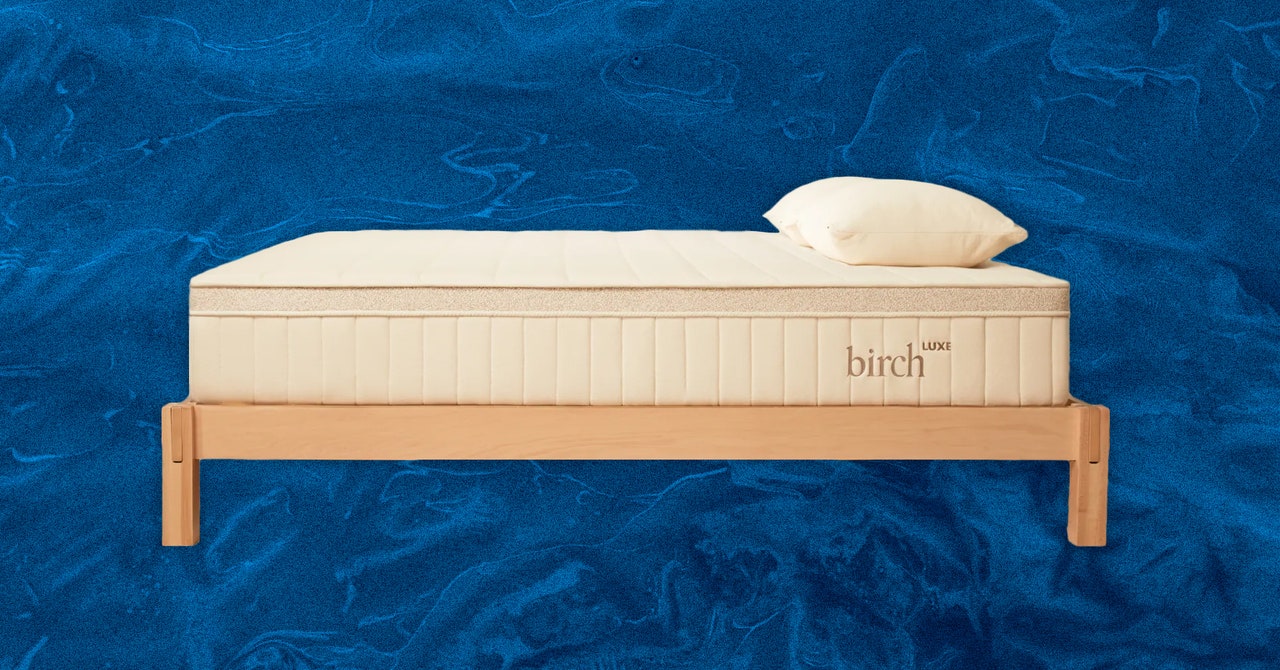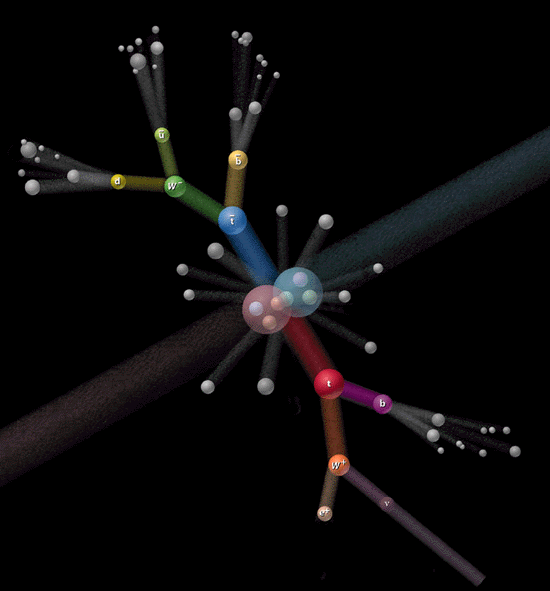The history of robot vacuum cleaners began almost 14 years ago when the American company iRobot launched its famous model Roomba. Roomba robot vacuum cleaners have remained the benchmark for many years and today have to face many competitors such as Samsung, Agait Asus, LG, and more recently Ecovacs, Moneual, Neato Robotics, Yoo Digital. Over the years, many developments and innovations have been carried out in the face of increased demand in consumer demands. This evolution started from 2002 to the present day.
Roomba Original Floorvac – First generation Robots
The Roomba Floorvac was the first robot vacuum cleaner marketed in the United States. Its weight was 4.5kg, used to take 14 hours of charging to run for 1 hour, which could be a surprising fact for many of us. With only three buttons that correspond to the room’s surface to be cleaned (small, medium, large), this robot vacuum cleaner, still unique at the time, already presents itself as a domestic revolution. It is equipped with a virtual wall that has yet to prove itself, shock sensors that allow it to adapt to its environment, and a 90-day warranty.
Roomba Pro 2003
The brand’s second robot vacuum cleaner makes its debut barely 1 year after its big brother, this time it will be equipped with Spot Mode, a smarter movement, 1 side brush, 2 virtual walls and a guarantee of 180 days.
Roomba Pro Elite 2003
In the same year, another version of Roomba Pro was introduced with Max Mode with a remote control, a wall mount which allows the robot vacuum to be easily stored against a wall without wasting space. However Roomba has a small capacity dust container that has to be emptied very often, and it is impossible for him to clean carpets and rugs.
Roomba Sage 2004 – Second generation
1st robot vacuum cleaner designed for sucking animal hair brush with a new system and cleaning tools included.
Roomba Discovery and Discovery SE 2004
Roomba Discovery was the best-selling model between 2002 and 2004, with a total of almost 1.5 million Roomba robot vacuum cleaners sold worldwide. This new model can automatically find its base when its battery is empty, its charging time is now 3 hours, and its warranty is increased to 1 year. However, its weight is up to 5kg. The Roomba Discovery SE is the first robot vacuum to be equipped with programming, which allows the robot to start automatically during the day at a defined time and for every day of the week.
From Roomba 520 to Roomba 581 – Third Generation 5xx Series 2007
The last generation of Roomba was put on the market in 2007; at that time, already nearly 3 million Roomba robot vacuum cleaners were present in our homes. This generation always wants to be more complete and efficient. 4 cleaning modes are now available (Demo, Clean, Spot, Dirt detect), the Roomba robot vacuum cleaner is now very effective on carpets and rugs thanks to these counter-rotating brushes, and these wheels can cross up to 2cm of thickness. These virtual walls are Lighthouse, the charging time is 2h, filters are added, an a3.5kg featherweight, integrated anti-tangle technology, and a warranty that goes up to 2 years, making its success obvious.
After almost 7 years of monopoly in domestic robots, Roomba robot vacuum cleaners faced many competitors who have been trying to find a place in the market since 2009. Their evolution is then even faster. The dust container’s capacity is between 600 and 1000ml for the new robot vacuum cleaners; their size no longer exceeds 9cm in height, their charging time does not exceed 3 hours, and they are less and less noisy. Energy consumption is at the center of the debates; this is how a new generation of the virtual wall appears with the Deepoo range; these all-new robot vacuum cleaners are equipped with magnetic strips without batteries that act as virtual walls. Ecological. Besides, the charging bases automatically reduce their consumption when the vacuum robot is fully charged.
Few new things in 2009
The year 2009 is not an excellent year for robot vacuum cleaners; only Roombas have their place firmly established! But at the end of 2009, a new brand tried to prove itself, e.Zicom with its robot, e.Ziclean VAC 100. It was a great success and that for 3 years. Its price seduced and its design, its many accessories and it’s never equaled 1L dust container! Since that day, e.Zicom has never ceased to offer new models, such as the e.Ziclean S in 2012 or even in 2013 with the Tornado.
e.Ziclean VAC 100
As of 2010, robot vacuum cleaners are getting smarter, more affordable, and new brands are starting to appear. Samsung offers its first robot vacuum cleaner, which will be one of the great turning points in automatic vacuum cleaners, it is its Navibot range, which still exists in 2014. AGAIT ECLEAN is brand new this year, which offers the affordable EC01 model, with limited functionality but a robot that sucks and does it well.
Samsung Navibot: Intelligence
To improve robot vacuum cleaners’ performance and intelligence, their mode of movement has been completely changed, with mapping systems such as Samsung’s Visionary Mapping. The robot vacuum cleaner no longer moves randomly but intelligently. It does not forget any corner and gains a lot in autonomy while cleaning a larger area. It comes with 2 side brushes, a touch screen, a multitude of cleaning tools equipped most robot vacuum cleaners in 2010.
Agait Eclean EC01: The affordable robot
The EC01 was the best robot vacuum cleaners in the field of domestic robotics for 3 years! An attractive price of 249 euros while the Roomba were around 450 euros, a quality suction, a charging base, a timer, remote control, and a side brush that attracted many French people until the end of 2013.
ROOMBA evolutions
Roomba was one of the first brands to be equipped with a semi-intelligent movement system before the Samsung robots, the Celestial Navigation System, more advanced and always more flexible, in fact, it allowed us to choose in advance which rooms we want to clean and the time provided by the vacuum robot in each of them. In 2011, the significant novelties were the HomRun from Philips and the HomBot from LG; the HomBot range still exists and regularly offers new models which, however, no longer present significant innovations. The HomRun’s lifespan was not very long, and Philips no longer provided any investment for this type of product.
The end of 2011 takes a new turn in terms of the dimensions of robot vacuum cleaners, the smallest is only 7 cm thick and 27.5 in diameter it is the EC-MINI from Agait eClean. It was also one of the cheapest robots of its generation, but it was not equipped with a charging base, programming, central brushes, HEPA filter, or even a remote control. Therefore, a robot designed for small areas and perfect for the first purchase of a domestic robot. The growing number of competitors has made robot vacuum cleaners more affordable, offering even more features and options, thus reducing the price.
In 2012 the Dolphin Amibot was in the spotlight; it is a vacuum cleaner robot that meets with great success upon its arrival in France. In 2014 a robot was very appreciated for its functionalities, performances, and very attractive price, which always decreased. Dolphin has offered many accessories (Remote control, Virtual wall, Charging base, 2 washable and reusable mops, 2 Side brushes, 2 Filters, and a Maintenance kit) and an excellent quality suction with an original and elegant design.








Leave a Comment